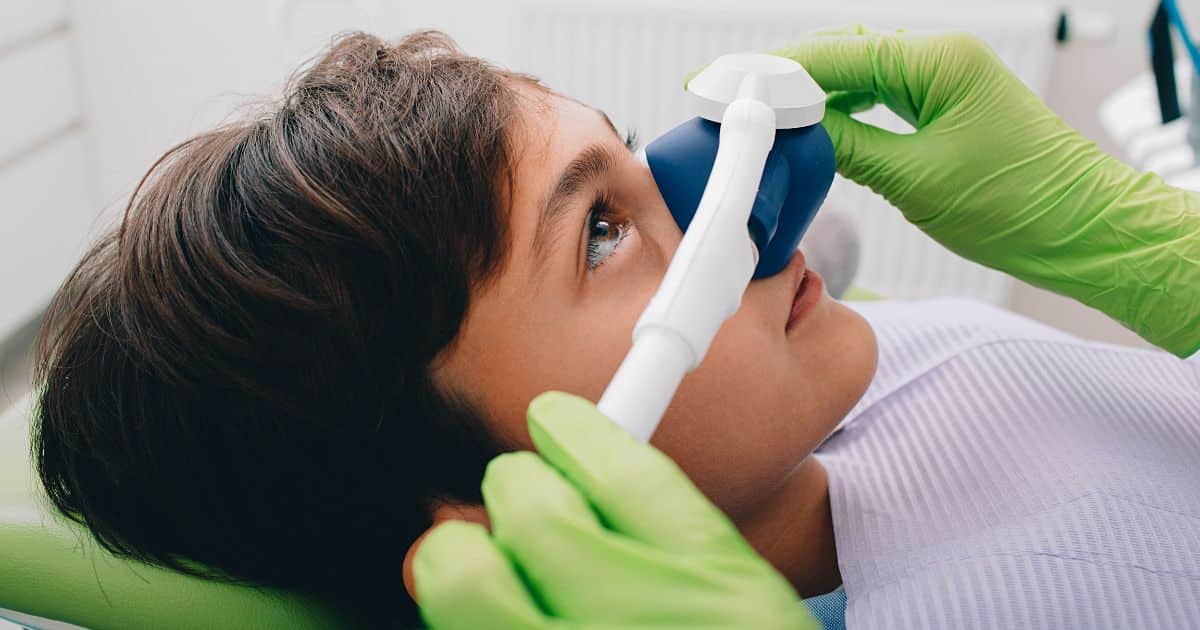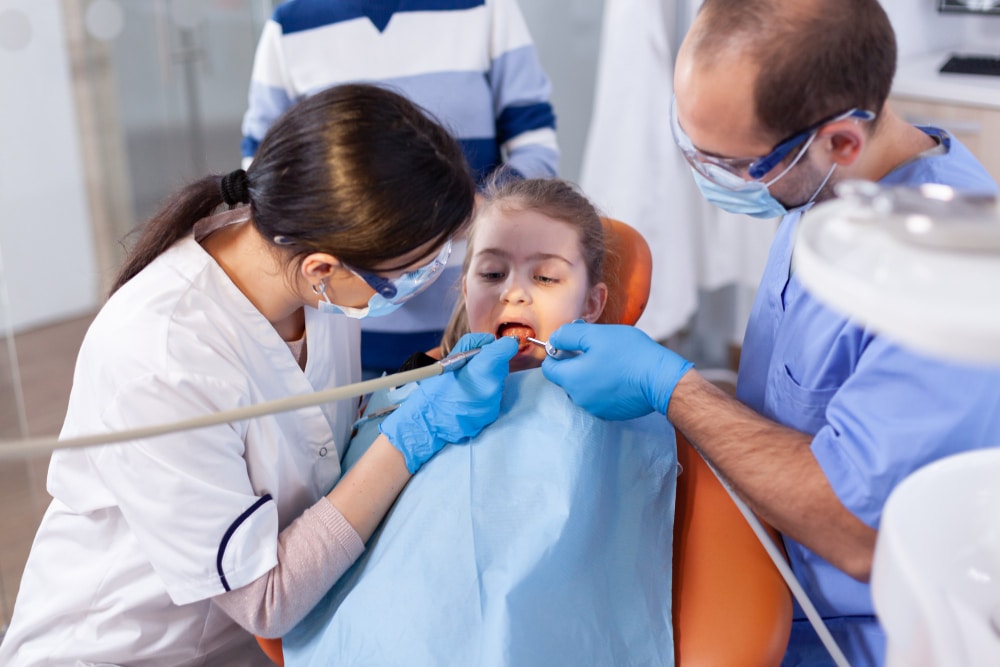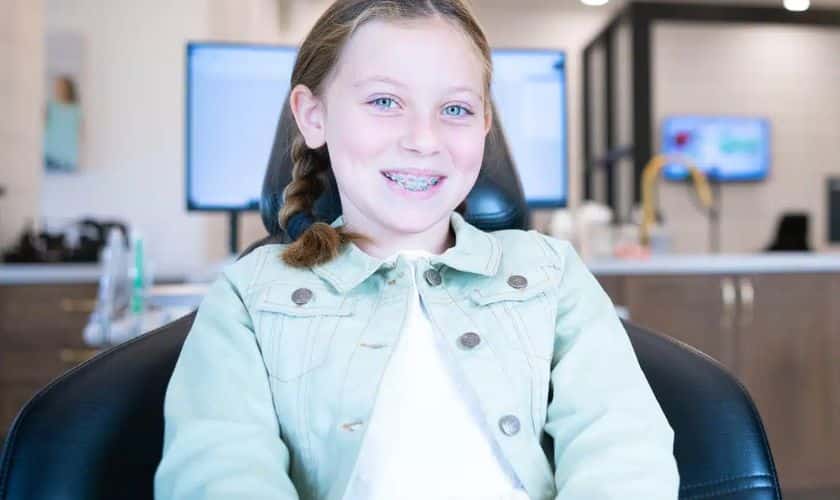Book now

Navigating Techniques Of Pediatric Sedation Dentistry: Ensuring Comfort and Care

Navigating Techniques Of Pediatric Sedation Dentistry: Ensuring Comfort and Care
In the world of pediatric dentistry, the pursuit of healthy smiles goes hand in hand with ensuring the comfort and well-being of our youngest patients. Central to this mission are the various sedation techniques tailored to alleviate anxiety and facilitate essential dental procedures for children. Welcome to an exploration of the intricate landscape of sedation options in pediatric dentistry.
Moreover, we delve into the crucial factors that guide the selection of these methods, emphasizing the significance of individualized approaches in ensuring the safety and comfort of every young patient. Join us in unraveling the intricate tapestry of sedation techniques, emphasizing the delicate balance between providing comfort and prioritizing the safety of our children in the dental chair.
Importance of Pediatric Sedation Dentistry
The introductory phase sets the stage, highlighting the critical role sedation techniques play in pediatric sedation dentistry. It underlines how these options aren’t merely about convenience but are instrumental in fostering a positive relationship between young patients and their dental care.
Common Sedation Techniques
Nitrous Oxide:
-Known as “laughing gas.”
-Administered through a mask over the nose.
-Rapid onset and minimal side effects.
-Helps reduce anxiety during dental procedures.
Oral Sedation:
-Involves medication taken orally before the procedure.
-Effective in calming nerves and reducing fear.
-May cause drowsiness or mild side effects.
IV Sedation:
-Delivered through a vein, inducing a deeper level of sedation.
-Commonly used for more extensive or invasive treatments.
-Requires precise dosing and continuous monitoring.
General Anesthesia:
-Renders the patient unconscious.
-Reserved for complex or lengthy procedures.
-Involves significant risks and requires careful monitoring of vital signs throughout the procedure.
Benefits and Risks of Each Technique
Nitrous Oxide:
Benefits:
-Rapid onset and offset of effects.
-Reduces anxiety and fear.
-Allows the child to remain conscious and responsive.
Risks:
-Mild side effects like nausea or dizziness.
-Overuse might lead to inadequate sedation.
Oral Sedation:
Benefits:
-Effective in calming nervousness.
-Can be easily administered.
-May help in cooperation during procedures.
Risks:
-Potential for drowsiness or dizziness.
-Allergic reactions or adverse responses to medications.
IV Sedation:
Benefits:
-Provides a deeper level of sedation.
-Allows for more invasive procedures.
-Quick onset and ability to adjust dosage.
Risks:
Potential for respiratory depression.
-Possibility of adverse reactions to medications.
General Anesthesia:
Benefits:
-Renders the child completely unconscious.
-Suitable for complex or lengthy procedures.
-Allows for the completion of extensive dental work.
Risks:
-Significant risks associated with anesthesia, including respiratory or cardiovascular issues.
-Requires careful monitoring and expertise due to the depth of sedation.
Choosing the Right Sedation Option
Choosing the appropriate option in pediatric sedation dentistry involves considering various factors to ensure the safety and comfort of the young patient. Here are key considerations when selecting the right sedation technique:
Medical History and Health Status: Evaluate the child’s medical history, current health condition, and any underlying conditions or allergies that could impact sedation.
Procedure Complexity: Assess the nature and duration of the dental procedure. Complex or extensive treatments may require deeper sedation methods like IV sedation or general anesthesia.
Age and Developmental Stage: Consider the child’s age, developmental level, and ability to cooperate during the procedure. Younger or more anxious children might benefit from lighter sedation techniques.
Anxiety Levels and Cooperation: Gauge the child’s anxiety levels and cooperation. Nitrous oxide or oral sedation might be sufficient for mildly anxious children, while more apprehensive ones may require deeper sedation.
Parental Preferences and Involvement: Discuss parental preferences and comfort levels with different sedation options. Collaborate with parents to choose an approach aligned with their wishes and concerns.
Expertise and Training: Ensure the dental team’s expertise and experience with the chosen sedation technique. Proper training and certification in administering sedation are crucial for safety.
Emergency Preparedness: Have protocols in place for emergencies, regardless of the chosen sedation method. This includes access to emergency medications and equipment to manage unforeseen situations.
Follow-up and Post-Procedure Care: Consider the post-procedure care requirements for each sedation option, including recovery time, monitoring, and potential side effects.
In the delicate realm of pediatric sedation dentistry in Tinley Park, IL navigating sedation techniques requires a balanced blend of precision and empathy. By prioritizing safety, tailoring approaches to individual needs, and fostering open communication, we pave the way for positive dental experiences. The synergy between comfort and care ensures not just healthy smiles but also nurtures a lifelong appreciation for oral health in our youngest patients.







